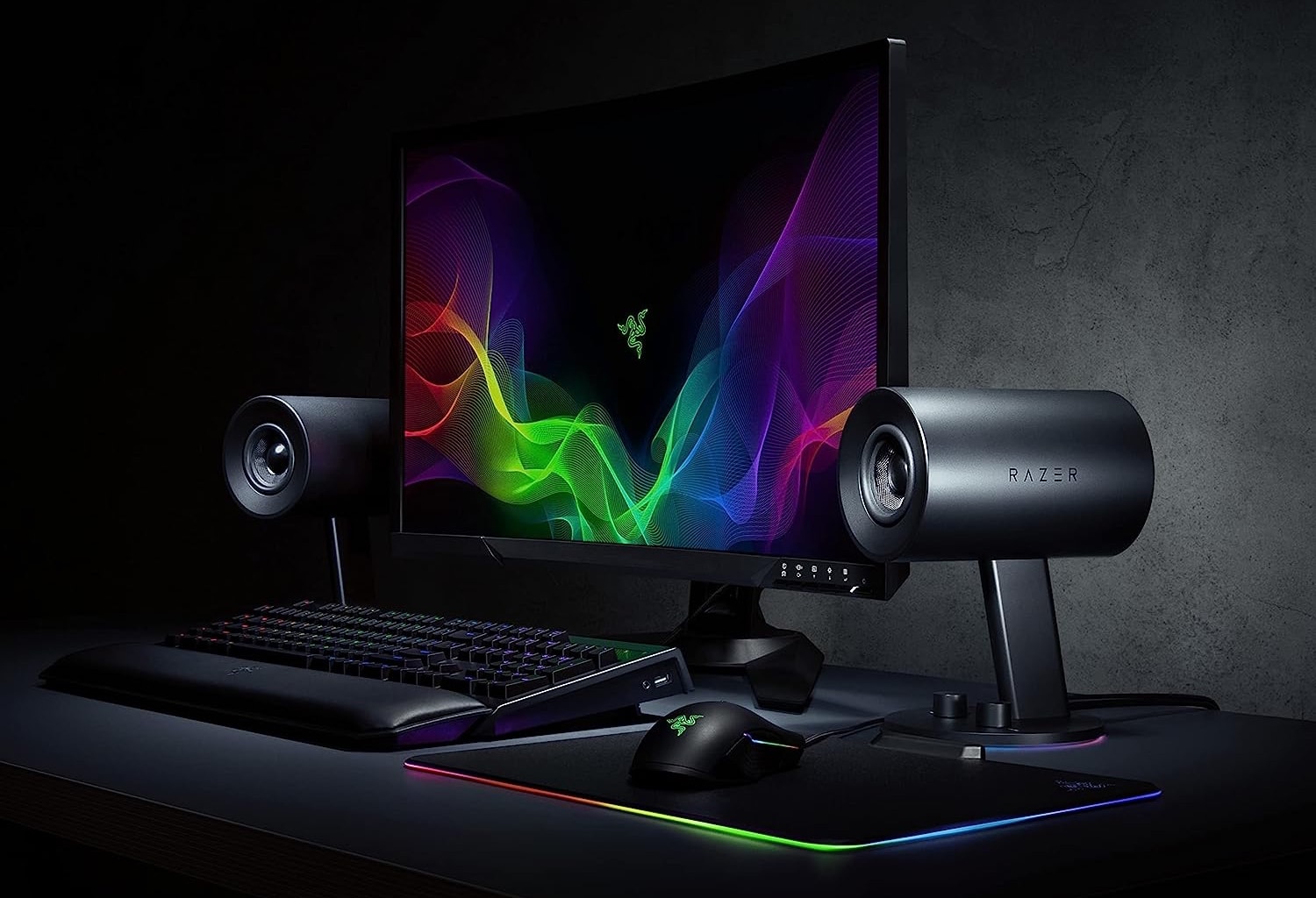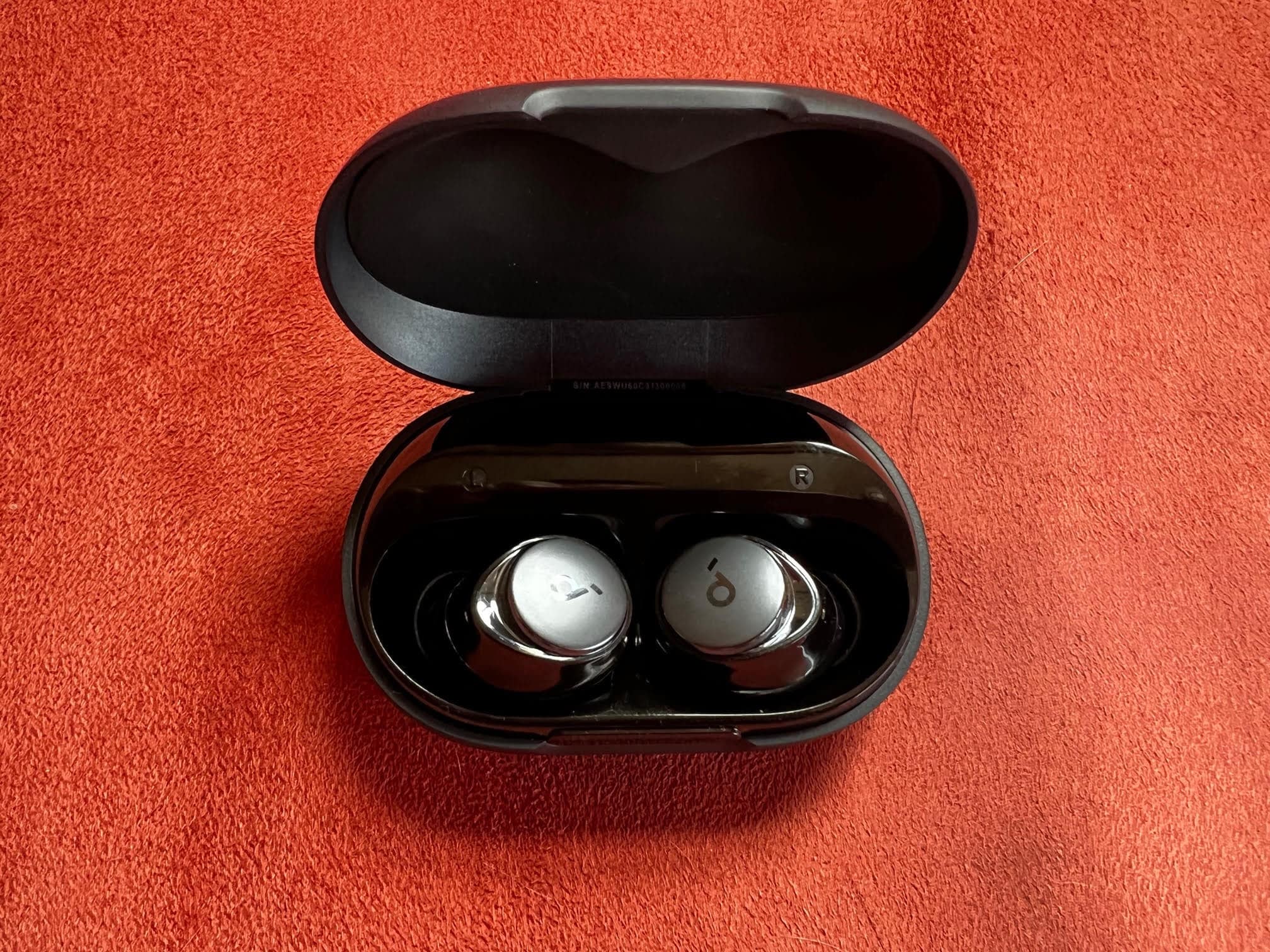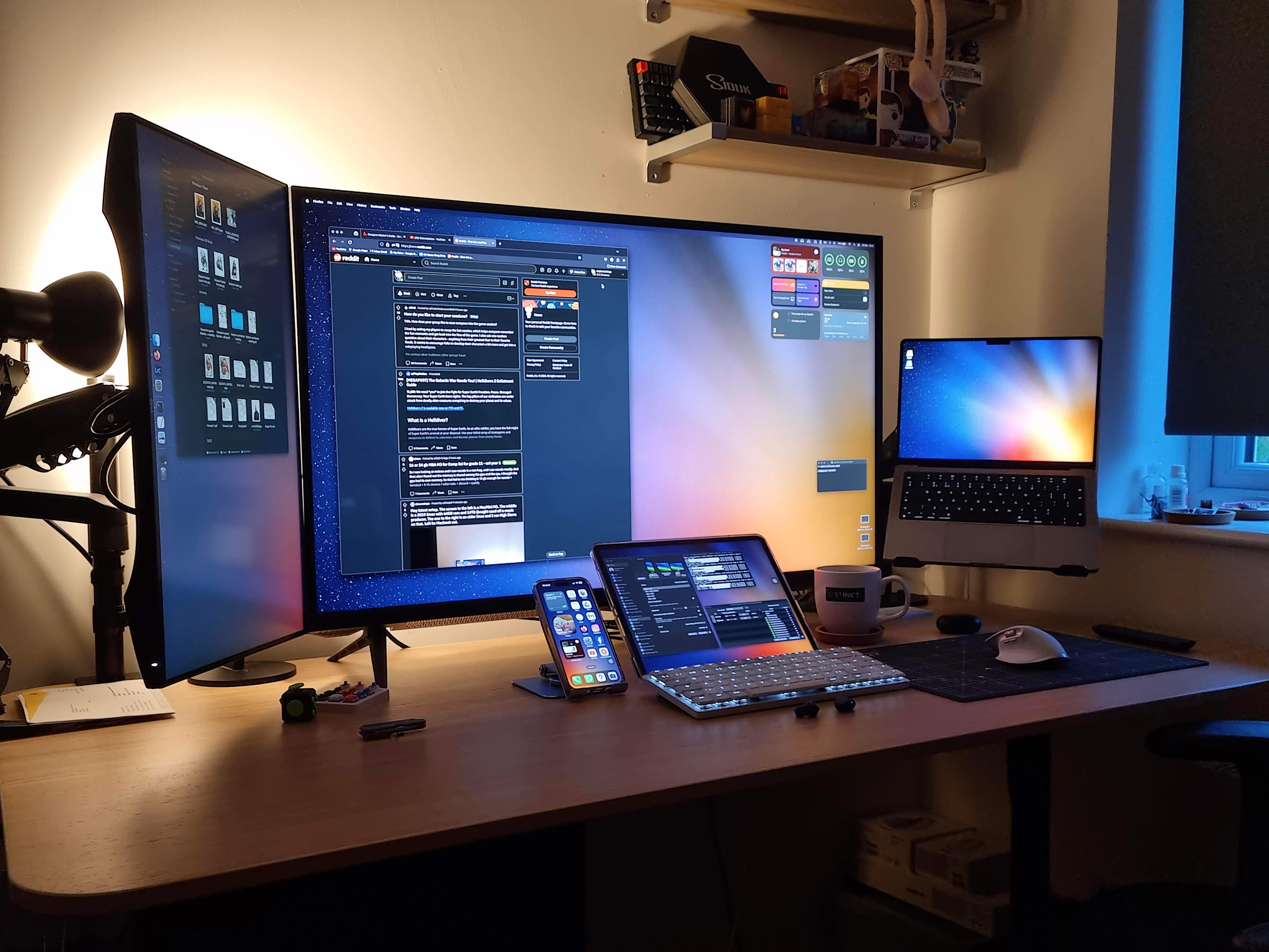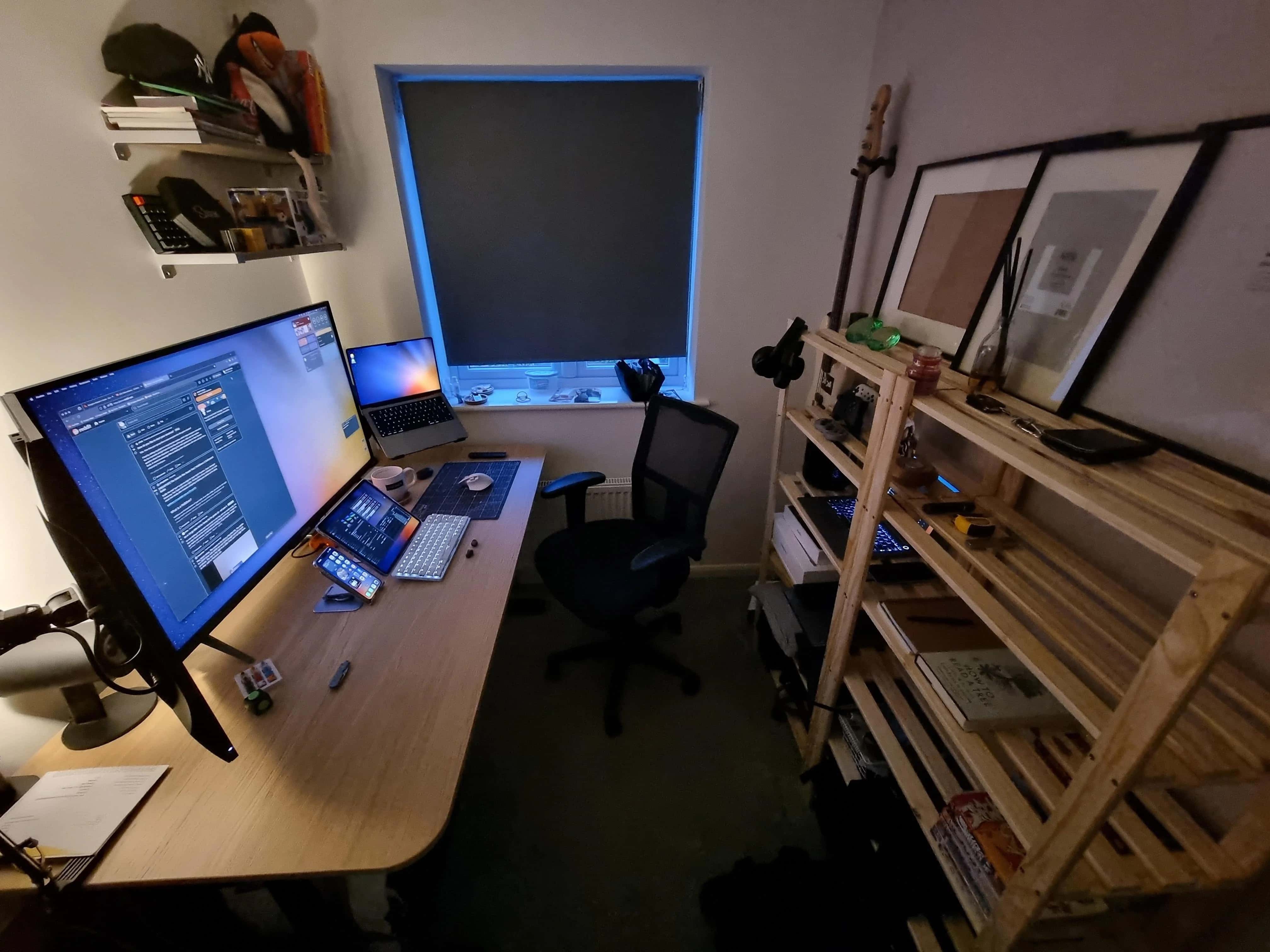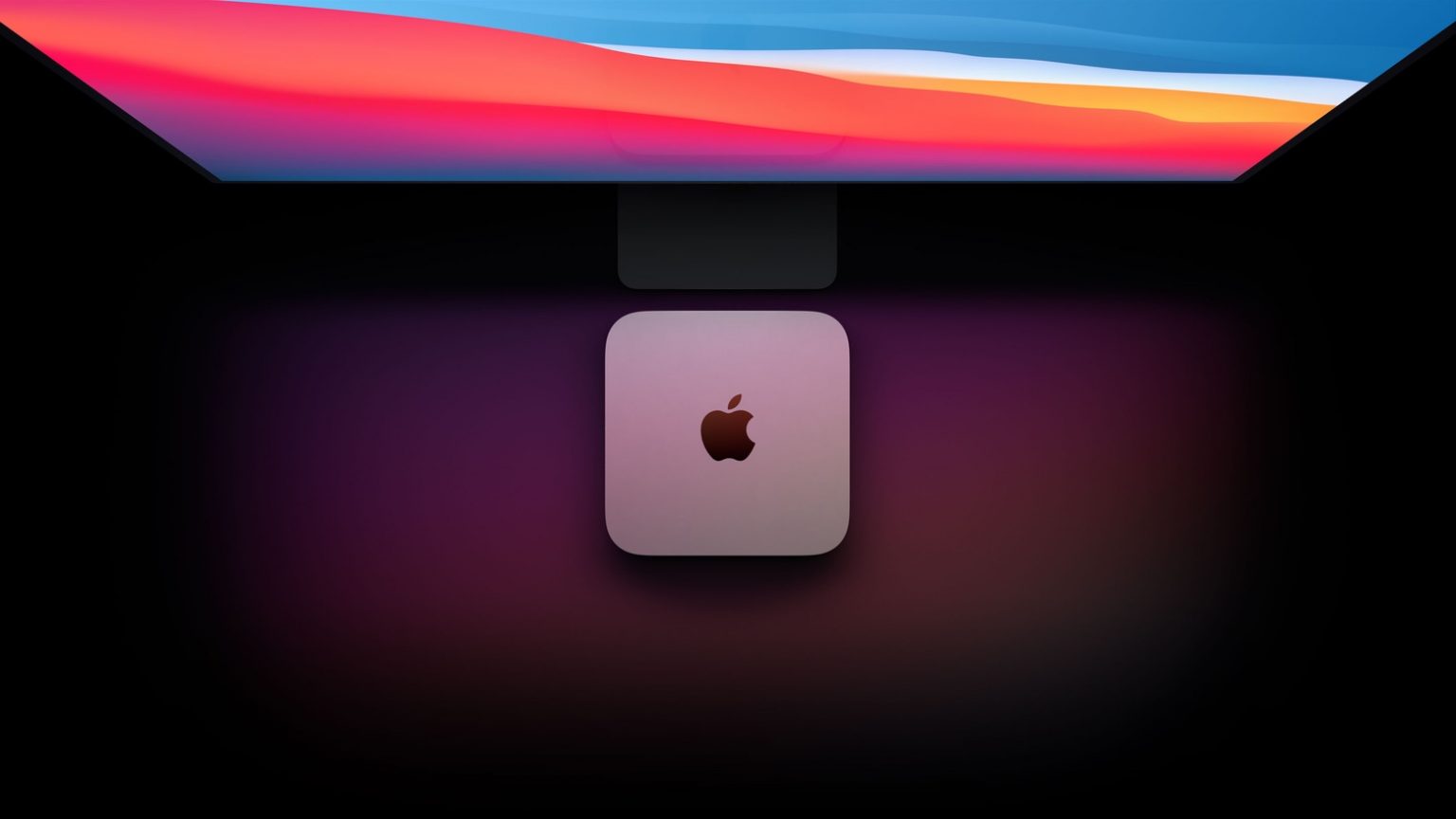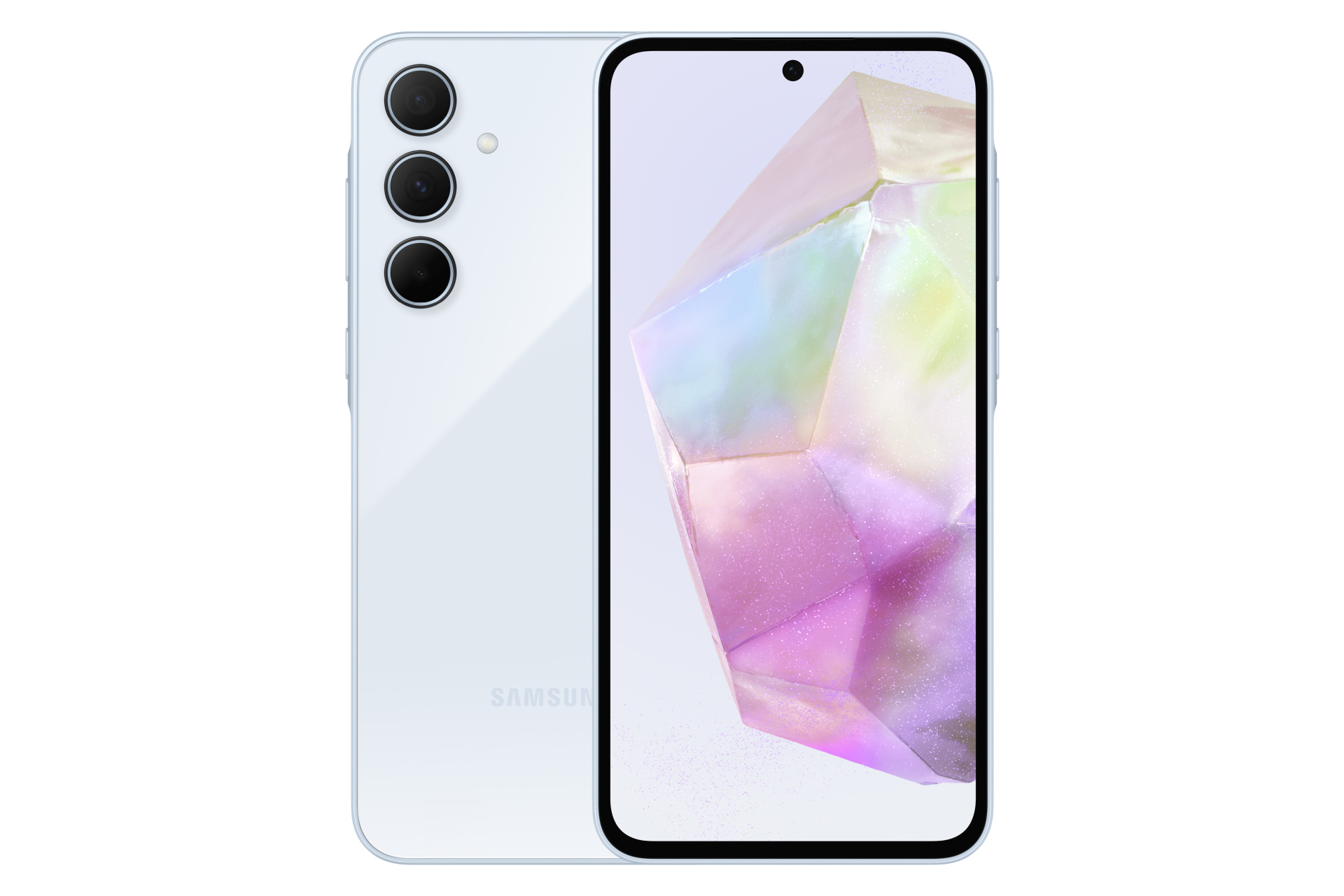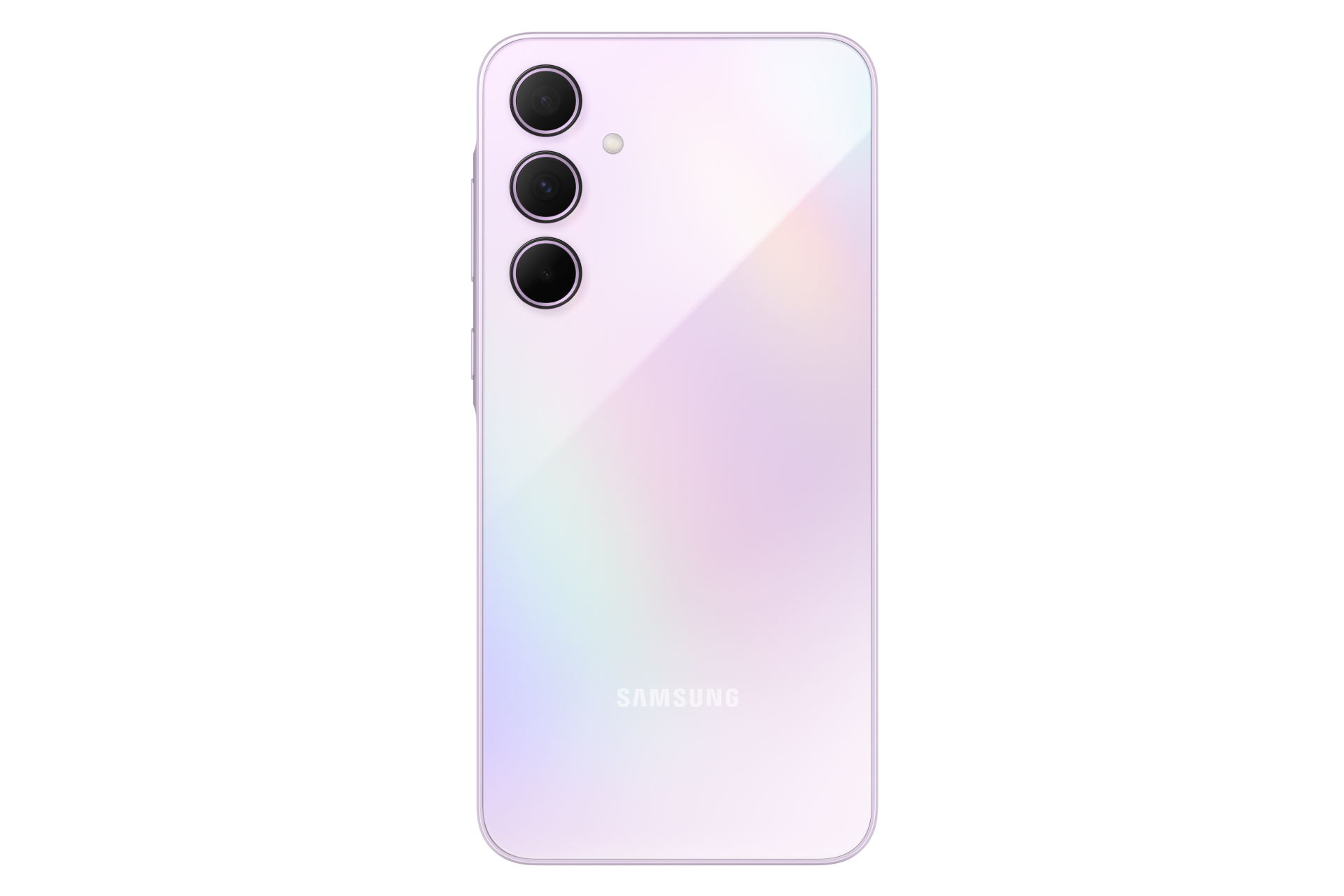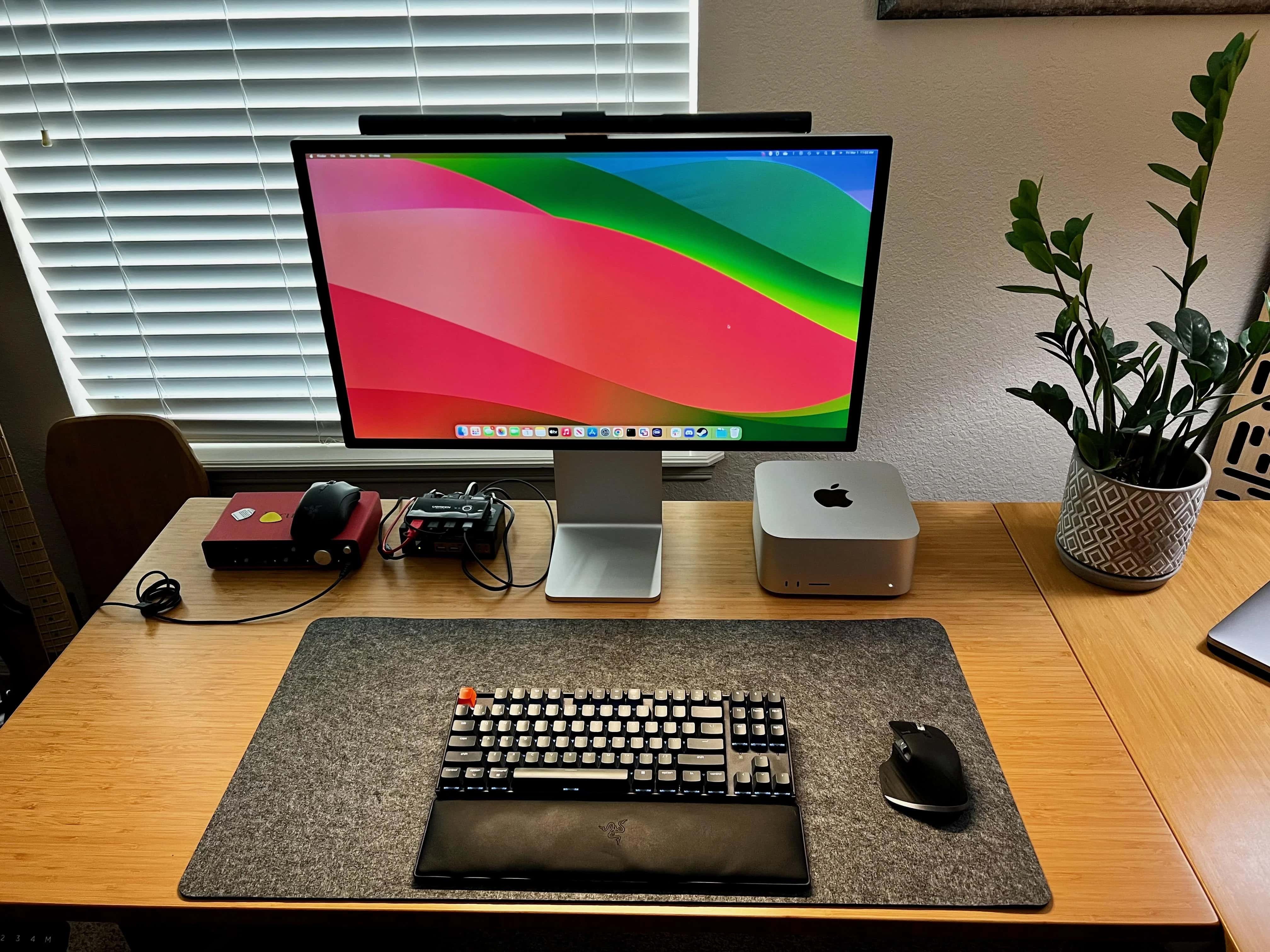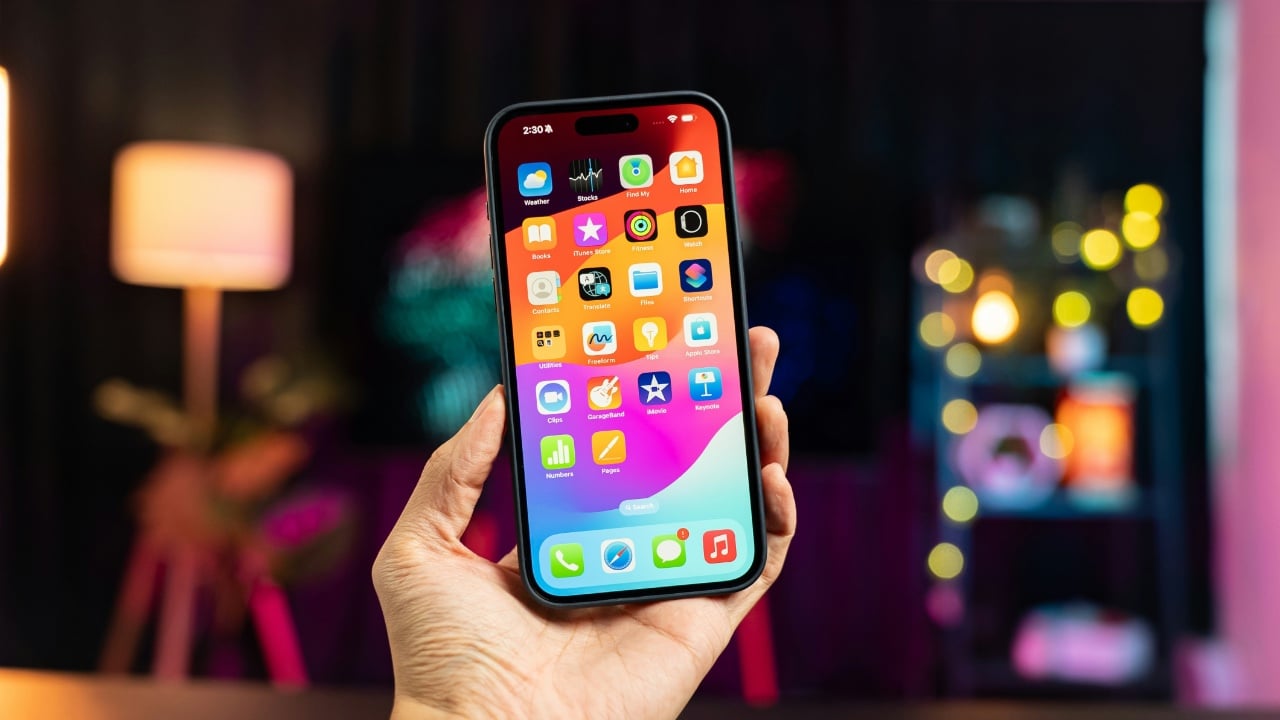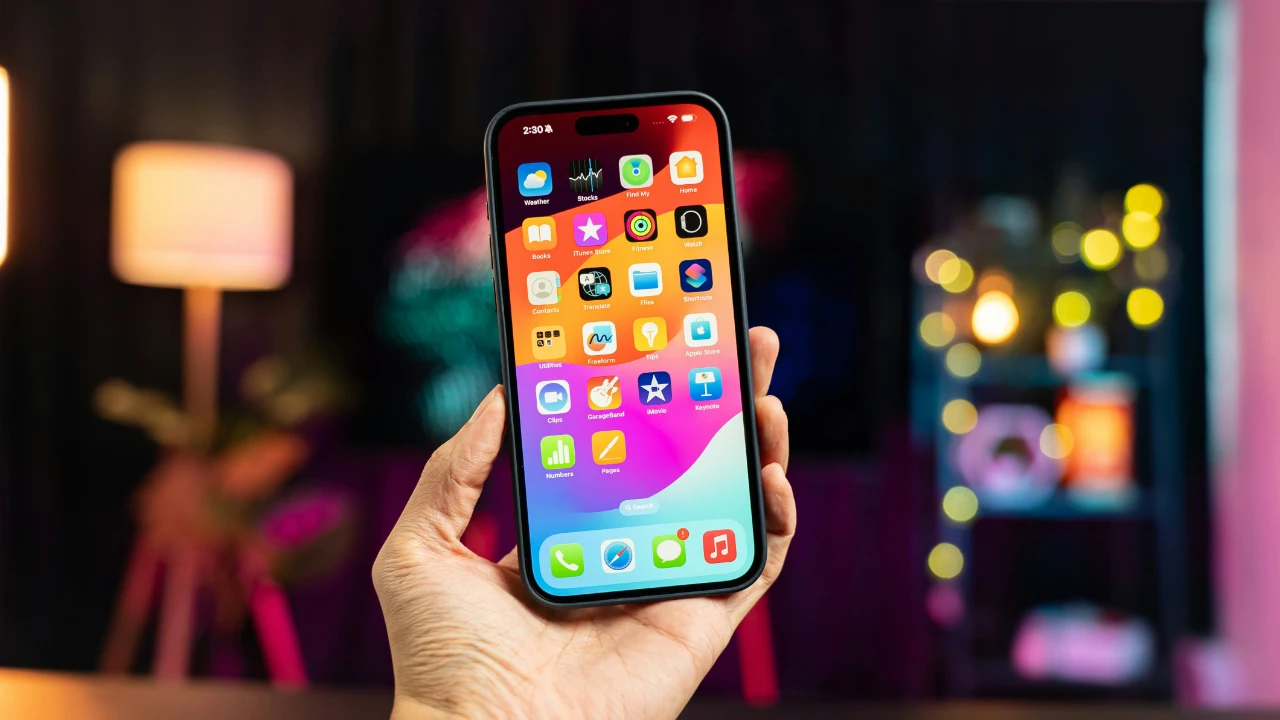[ad_1]
Today’s featured computer setup runs on two powerful MacBooks, which of course have their own keyboards. But the user doesn’t settle for those, except maybe when he’s away. Instead, he chooses to use a mechanical external keyboard with his dual laptops and dual displays. It’s a Keychron Q3 Pro custom keyboard, and it’s a beauty.
This post contains affiliate links. Cult of Mac may earn a commission when you use our links to buy items.
Keychron Q3 Pro keyboard serves MacBook setup
Redditor chrisonhismac (“Chris”) showcased the newly upgraded setup in a post entitled, “V3 of my setup.” He also shared his first version and his second version.
So now he runs two powerful Apple laptops. His personal one is a 15-inch M2 MacBook Air with 24GB of unified memory and a 1TB SSD. And his work provided him with a 16-inch M3 Max MacBook Pro with a whopping 95GB of memory and a 1TB SSD.
His two displays are both 4K monitors — his own personal 40-inch Dell UltraSharp U4025QW curved screen and a 27-inch LG UltraFine 4K monitor his work provided.
Then he rounds out his setup with a Logitech C920 webcam, the ever-popular Logitech MX Master 3S wireless mouse, a Blue Yeti USB microphone and an Elgato Stream Deck.
Oh, and that other thing — a Keychron Q3 Pro custom mechanical keyboard. That’s a really cool keeb for the clackity-clack crowd (mechanical keyboard are by nature noisier than membrane keyboards, if you didn’t already know that).
Keychron Q3 Pro custom mechanical keyboard
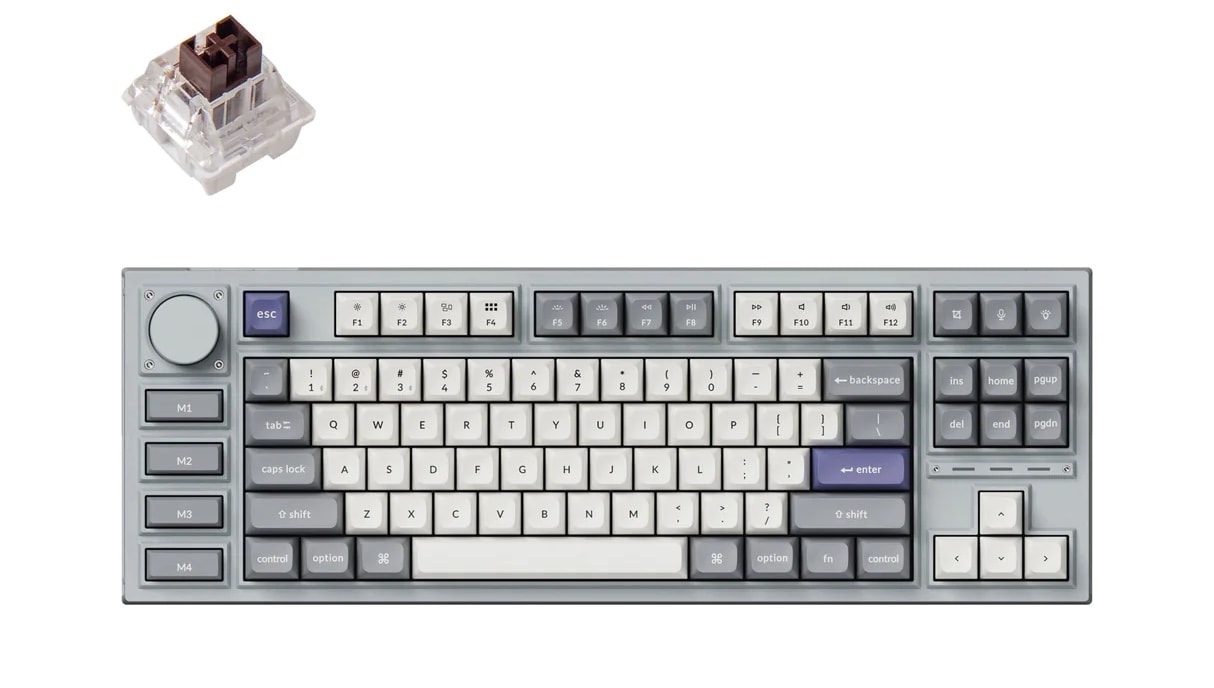
Photo: Keychron
I wrote about the Keychron Q3 Pro keyboard when it came out, following the company’s release of its popular Q1 and Q2 keebs. The Q3 with 80% layout is the tenkeyless entry, meaning it drops the full-sized version’s number pad for a more compact design. The Q1 is slightly smaller (75%) and the Q2 is quite compact (65%).
The Q3 features hot-swappable switches, a high-grade aluminum case, QMK/VIA mapping support and more. It comes with bells and whistles like customizable macro keys and a control knob, too.
“Gamers and programmers love the familiar and classic TKL layout because skipping the number pad allows for wider mouse movement and faster access to required keys. These user types also have deeply ingrained habits that would be disrupted should they move away from this layout,” said Keychron COO Paul Tan when the Q3 came out. “The trick is, full metal TKL is typically expensive, barebone and has lackluster switches and keycaps.”
“Users can customize every part of the Q3 to create their ultimate typing experience,” he added. “In case of fully-assembled keyboards, users can still reap the benefits of a beautifully designed CNC aluminum bodied keyboard in either a knob or knobless version.”
Keychron’s Q3 tends to sell for about $235, with a choice of colors and switches (Keychron K Pro Banana, Brown. and Red options). It’s not a budget mechanical keyboard. For that, look to the Keychron K-series keebs or elsewhere.
And if you like the desktop wallpaper showing on the big display, you can find it here.
Shop these items now:
Input devices:
Computers:
Displays and webcam:
Audio:
If you would like to see your setup featured on Cult of Mac, send some high-res pictures to [email protected]. Please provide a detailed list of your equipment. Tell us what you like or dislike about your setup, and fill us in on any special touches, challenges and plans for new additions.
Keychron Q3 Pro Custom Mechanical Keyboard
This aluminum wireless mechanical keyboard is QMK/VIA programmable. It features a TKL layout Bluetooth or wired connectivity, RGB lighting and with hot-swappable Keychron K Pro Red Switches. Compatible with Mac, Windows and Linux.
[ad_2]
Source Article Link




